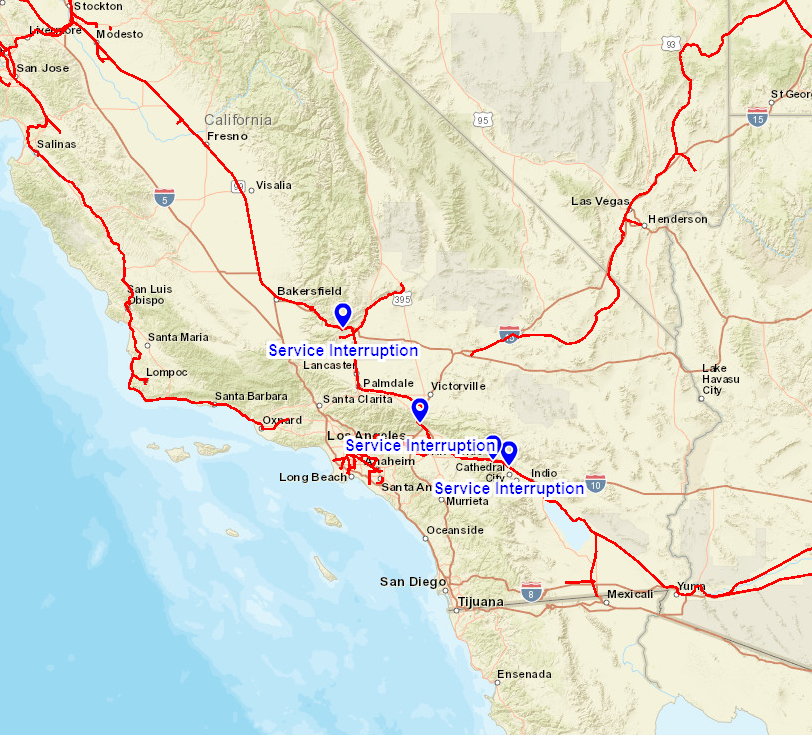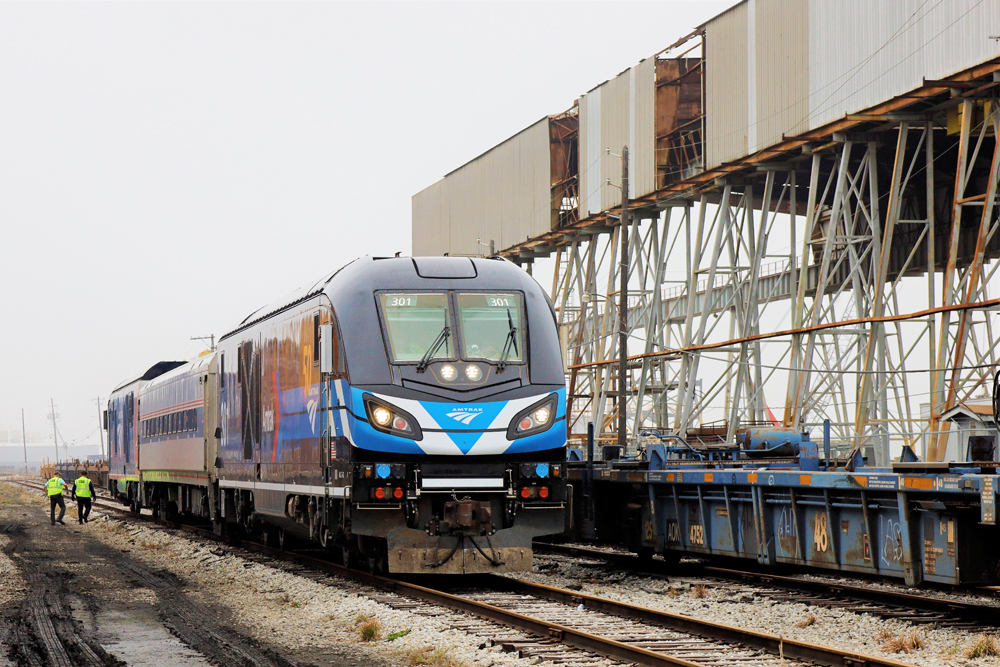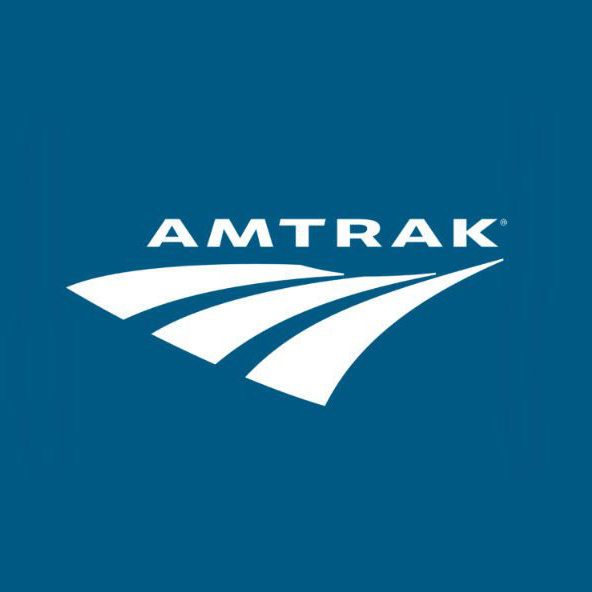
Tropical storm Hilary, the first to hit Southern California in 84 years, brought heavy rains and flooding that have shut down Union Pacific’s Mojave and Yuma subdivisions.
Both subdivisions were out of service this morning due to water and mud over the tracks between Banning and Indio, Calif., on the Yuma Sub and near Mojave as well as 10 miles north of Fontana, Calif., on the Mojave Sub, UP said in a customer advisory today.
“Widespread road and interstate closures are impacting our ability to transport crews to operate trains, and public electrical outages are impacting operations in some terminals,” UP said. “Once the storm passes and we are able to assess the status of our network in this area we will provide an update on estimated shipment delays. Our Engineering and Operating teams are addressing service interruptions as quickly and safely as possible. We have additional resources positioned to aid in the recovery as needed.”
KESQ-TV reports a Union Pacific train derailed in Palm Springs this morning, showing footage of empty intermodal well cars off mud-covered tracks near an underpass not far from Interstate 10, which was closed much of the day because of flooding. No other information was immediately available; the Coachella Valley area that includes Palm Springs was extremely hard hit by the storm.
UP said the flooding could last for several days. The railroad said it is continuing to take proactive steps to protect its infrastructure, including strategically staging rail ballast and panels, personnel, and electric generators in areas along the storm path.
BNSF fared much better and was operating normally today.
“Our teams collectively worked 24×7 for the past 48 hours to protect our infrastructure in the face of Hurricane Hilary, and because of those efforts, we are proud to say our main tracks are fluid and our intermodal facilities and yard are open for business,” BNSF spokeswoman Lena Kent says.
BNSF did have one small section of track out of service on the Cajon Subdivision but the other two main tracks were unaffected.
UP, meanwhile, said it inspected its trackage following Sunday’s 5.1 earthquake centered around Ojai, Calif., some 80 miles north of Los Angeles. The epicenter is about 15 miles from UP’s Coast Line, which is operating normally after the track inspections.
In Canada, wildfires in British Columbia shut down the Trans-Canada Highway over the weekend between Hope and Lytton, where the road closely parallels the Canadian National and Canadian Pacific Kansas City directional running zone through the Fraser River Canyon.
“A provincial state of emergency has been declared for British Columbia as hot and dry conditions continue to elevate the wildfire risk across BC,” CPKC noted in a customer advisory over the weekend. “At this time, CPKC continues to operate trains through BC in a safe and controlled manner. Our fire suppression teams and equipment are in place and responding quickly where required. Customers may experience delays as we continue to monitor fires in this region. We appreciate your patience and understanding as we closely watch the situation and quickly respond to changing conditions.”
Like CPKC, CN is taking precautions with its operations.
“The current situation remains dynamic with wildfires active between the Boston Bar and Lytton areas. We continue to watch the situation closely and are fully engaged with BC Wildfire, BC’s Ministry of Transportation and Infrastructure and our partners and stakeholders on the ground,” railway spokesman Tyler Banick says. “CN crews are inspecting track ahead of train movements and are putting out spot fires along the CN right-of-way. CN would like to thank all first responders for their continued efforts on the front lines to keep our communities safe.”
— Updated at 6:10 p.m. CDT with report of Union Pacific derailment in flooded area.














The first time a tropical storm has hit California in 85 years, but by all means, tell me how climate change isn’t real.
Sure, climate is changing all the time – that’s why there are weather reports. If you read some history, there have been violent or unusual weather conditions through time. It is essentially the myopic view of one’s point in time as somehow unique to all that preceded that causes your confusion.
One event in 85 years is not statistically significant nor does it indicate anything other than variable weather events that are not predictable.
Hey Mike, just how much climate change as there in 1938 when this last happened? This is NOT unique. It IS unusual. In 2015 South Carolina was hit with incredible flooding. Hundreds of bridges, buildings, and dams were washed away. It hasn’t happened since. It seems that if climate change were as real as many say it is, SC would have been hit by such events annually now.
A single event is not climate change. But the flat-earthers who ignore statistical evidence culled over decades show zero interest in intellectual honesty. It is easy to ignore or listen to a former leader babble who knows nothing but truth avoidance.
I wonder why BNSF has no service issues if the little pin is placed north of Mojave. Don’t see anything on their website about this either.
so how much rain did they get in the desert?
6 months worth in 6 hours…aka several inches, up to 5 in places, but it’s a desert valley surrounded by high mountain peaks, there’s lots of dry washes up there…including one major one that runs through almost all of the cities, but it’s designed to handle a deluge and from videos it looked just like normal excess precipitation running through it. Cathedral City got hit the hardest, but that’s also the town with most of the working class living in it, so probably not the best infrastructure. If you want to see what it looked like, just watch some of the videos on the Weather Channel.
The BNSF service outage in Cajon was caused by a downed power line. The same downed line closed the nearby interstate highway as well.
Any rail assets crossing a NW line from Mexicali to Bakersfield in the desert or up on the plateau were going to have issues.